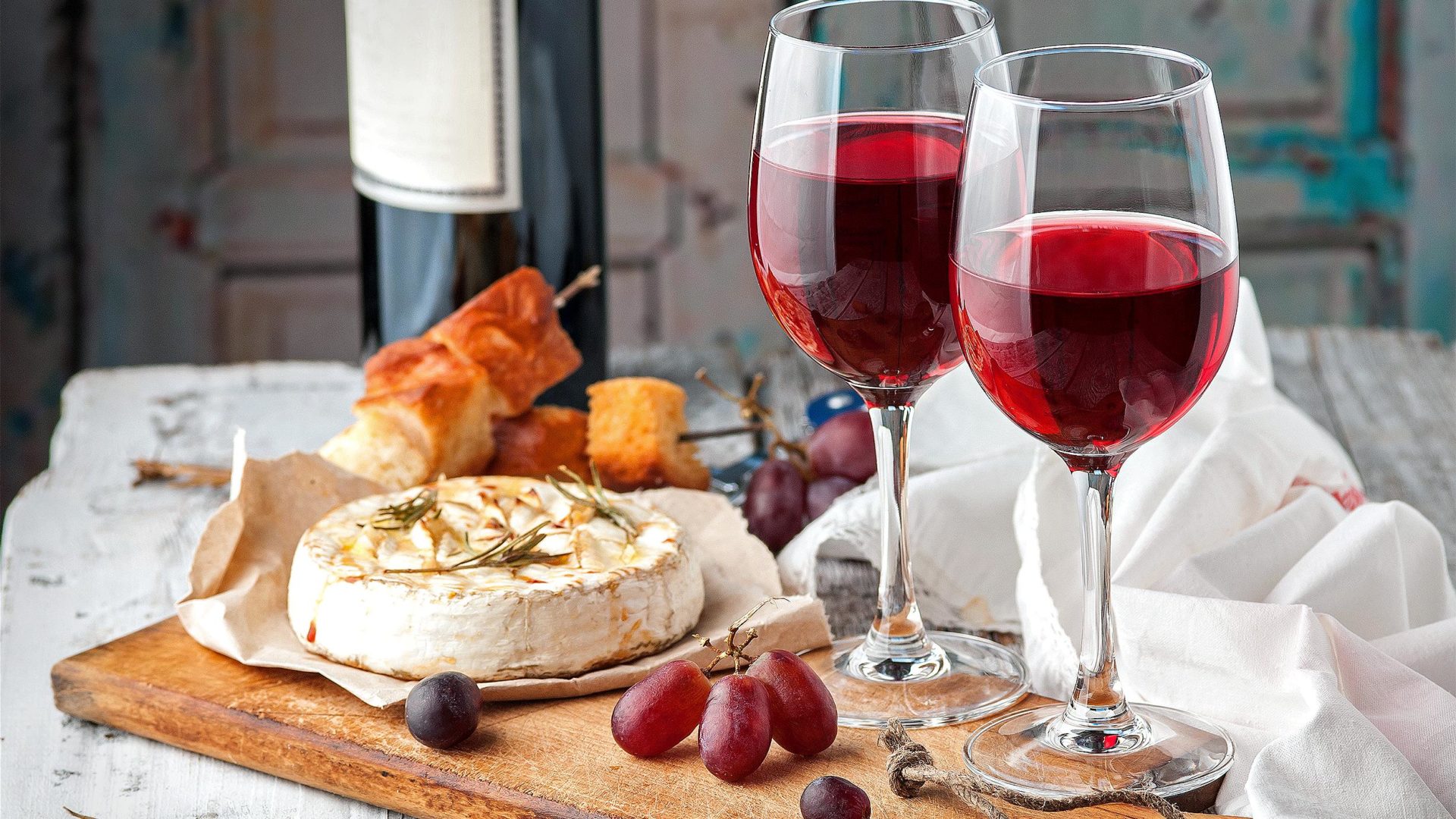Whether you are a novice in the world of wine or an expert, a sommelier can assist you in selecting the perfect wine for your meal. They can recommend a wine that complements your taste preferences and pairs well with your meal by asking about your taste preferences. However, how do you choose a good wine when you’re browsing shelves or web pages of seemingly endless choices? The label on the bottle or product description – including descriptions of the flavor notes, the characteristics of the wine and the origin of the grapes – may make choosing a bottle of wine even more difficult for those who don’t know much about wine. For more information, visit vinelo.de.
A Guide to “Good Wine”
There is no right or wrong way to choose a good wine. The way each person defines a good wine is unique to them and their taste buds. No matter what kind of wine you prefer, whether delicate, bold, sweet, tart, or even spicy, you can find something you love. When choosing a bottle of wine, these essential characteristics can be helpful to keep in mind.
- Sweetness: A dry wine will not be sweet at all. Wine labels may use terms such as “sweet,” “semi-sweet,” or “dry.”
- Acidity: Wines with high acidity will taste tart, whereas wines with low acidity will taste rounder or richer.
- Tannin: The skins of grapes contain tannins, which are phenolic compounds. Wine will have a bitter taste if tannins are naturally present in the winemaking process or added through aging. The tannin level is often confused with a wine’s “dryness,” which actually refers to its sweetness, since tannins tend to dry out your mouth as well. There is more tannin in red wine than in white wine, which is why some red wines have a characteristically bitter and dry finish.
- Body:. Depending on the style of wine, a wine can be described as having a light body, a full body, or somewhere in between. Body refers to how heavy or light a wine feels in your mouth. Wines made from grapes grown in warmer regions, rather than cooler ones, generally have a fuller body than white wines.
- Alcohol:. Your throat and the back of your mouth will be warmed up by a glass of wine with a higher alcohol content. Wines usually contain 11 to 13 percent alcohol by volume (ABV), but can range from 5.5 percent up to 20 percent.
Each person will have their own preferences for each of these characteristics, but with a little care, you can find a bottle that fits your taste.
Wine Picking Tips
Knowing how to select the right wine requires considering several factors, including occasion, flavor preferences, labels, and price points. Despite the fact that each person’s combination of these factors will vary, the tips below should be helpful to anyone searching for the perfect bottle of wine.
The wines you like will also likely change as you age, just as your food preferences do. Sonoma State University found that most people enjoy sweet whites and roses for the first few months of their relationship before discovering dry reds or more distinctive wines. When starting to drink wine, 54 percent of respondents said they preferred semi-sweet or sweet white or rose wines. The unique flavor and sharp bitterness of drier wines or those with high tannins may explain an early distaste for them. Everyone’s experience is different, but some people dislike drier wines or those with high tannins for similar reasons.
